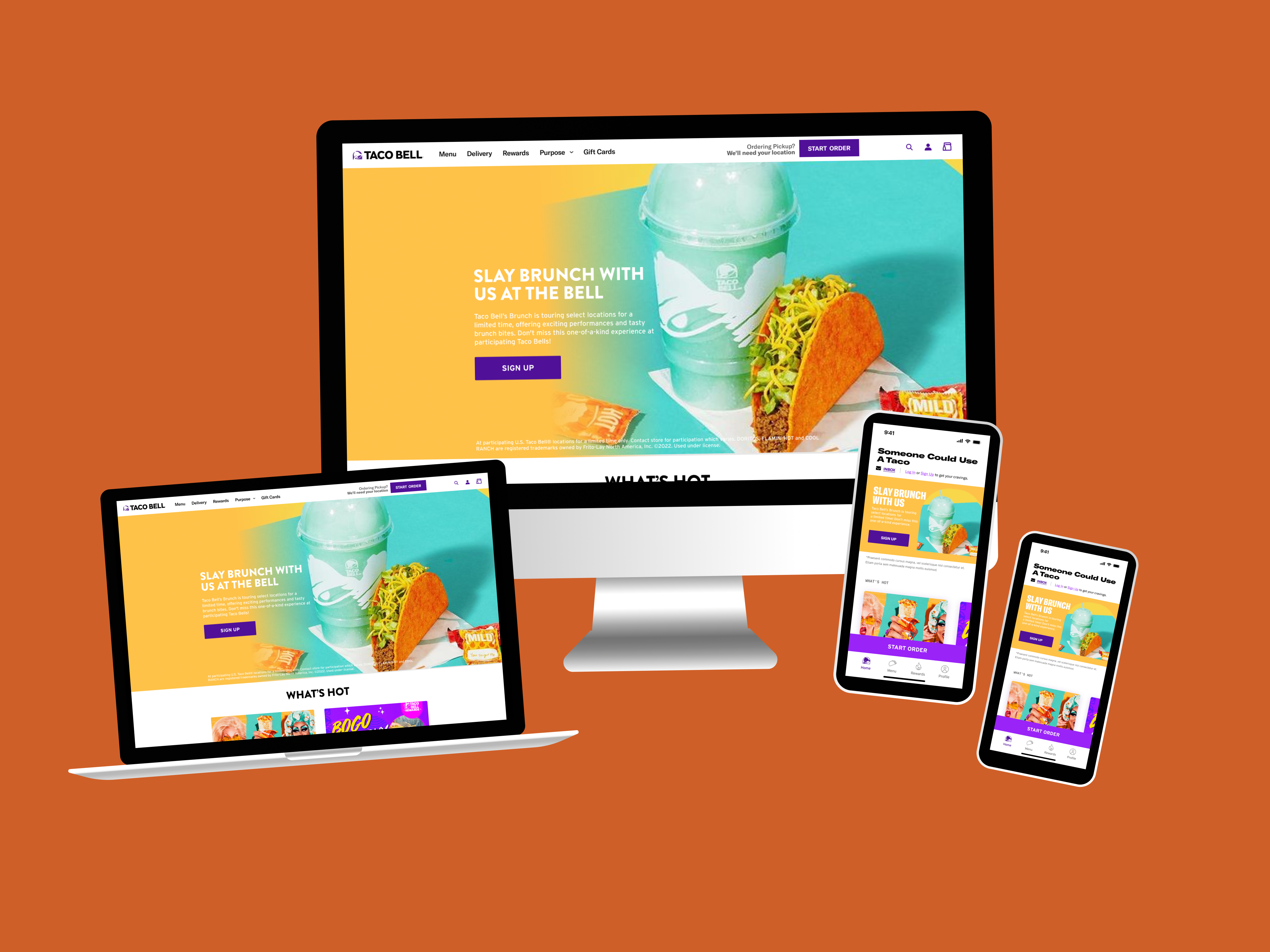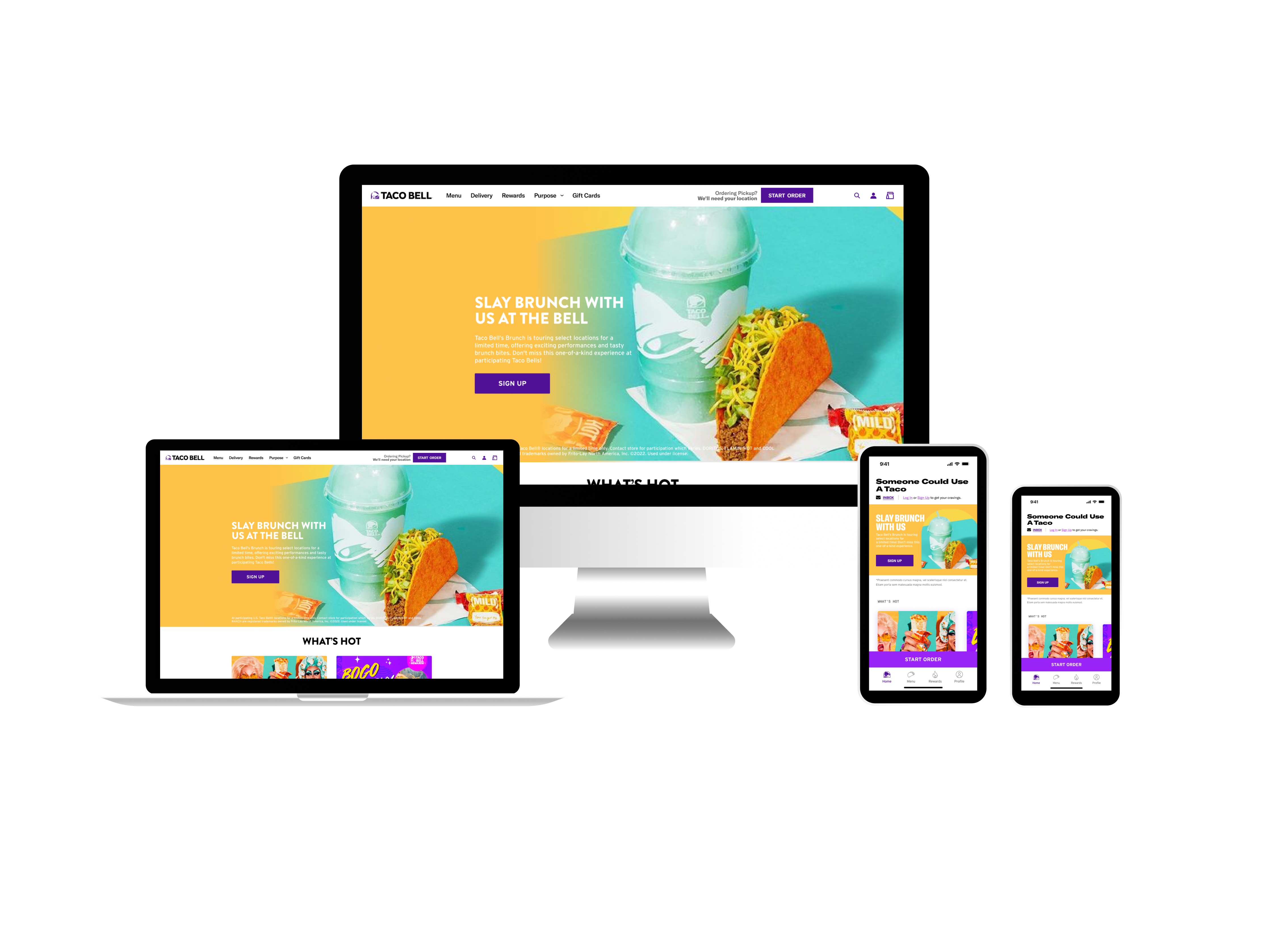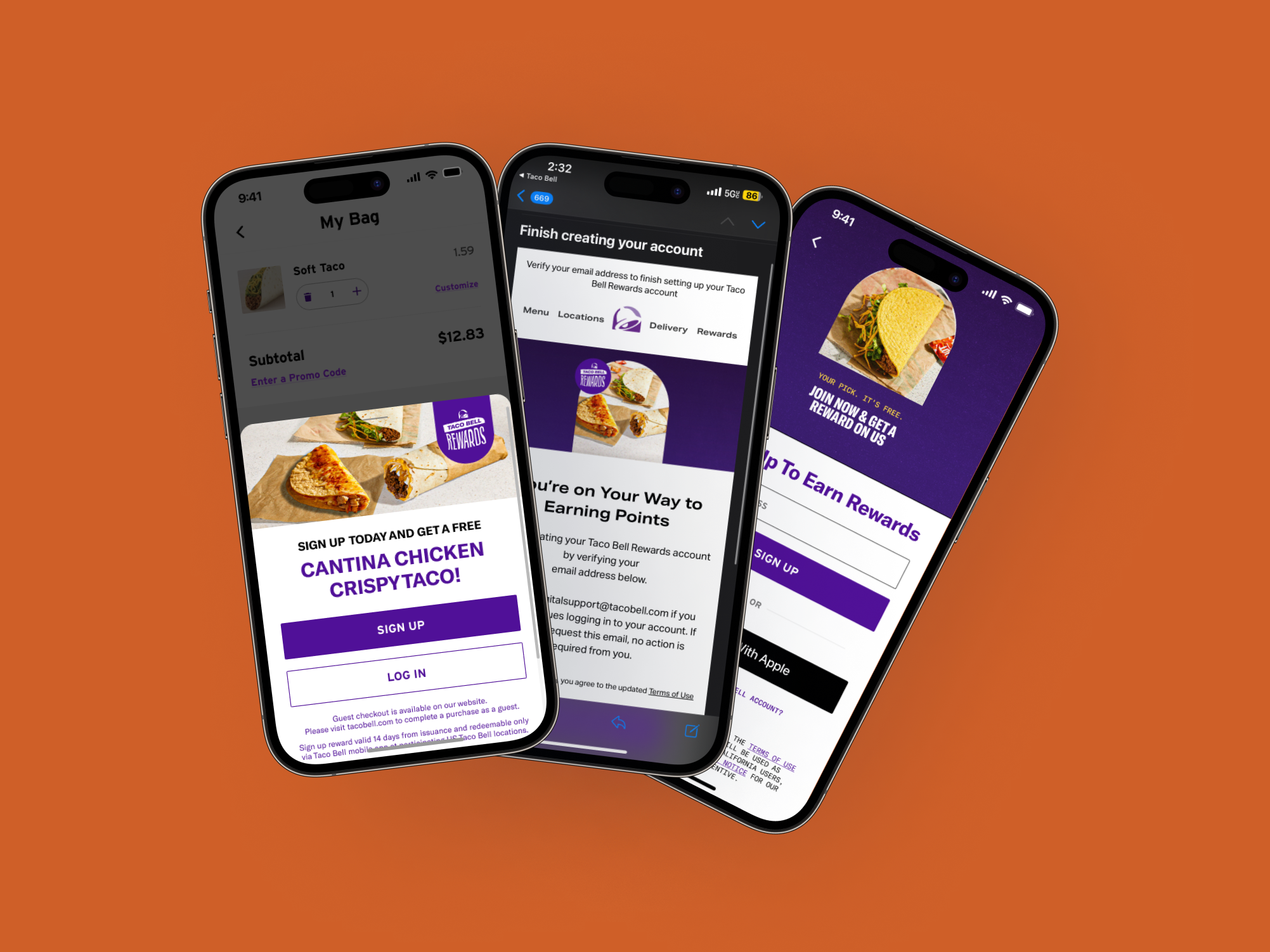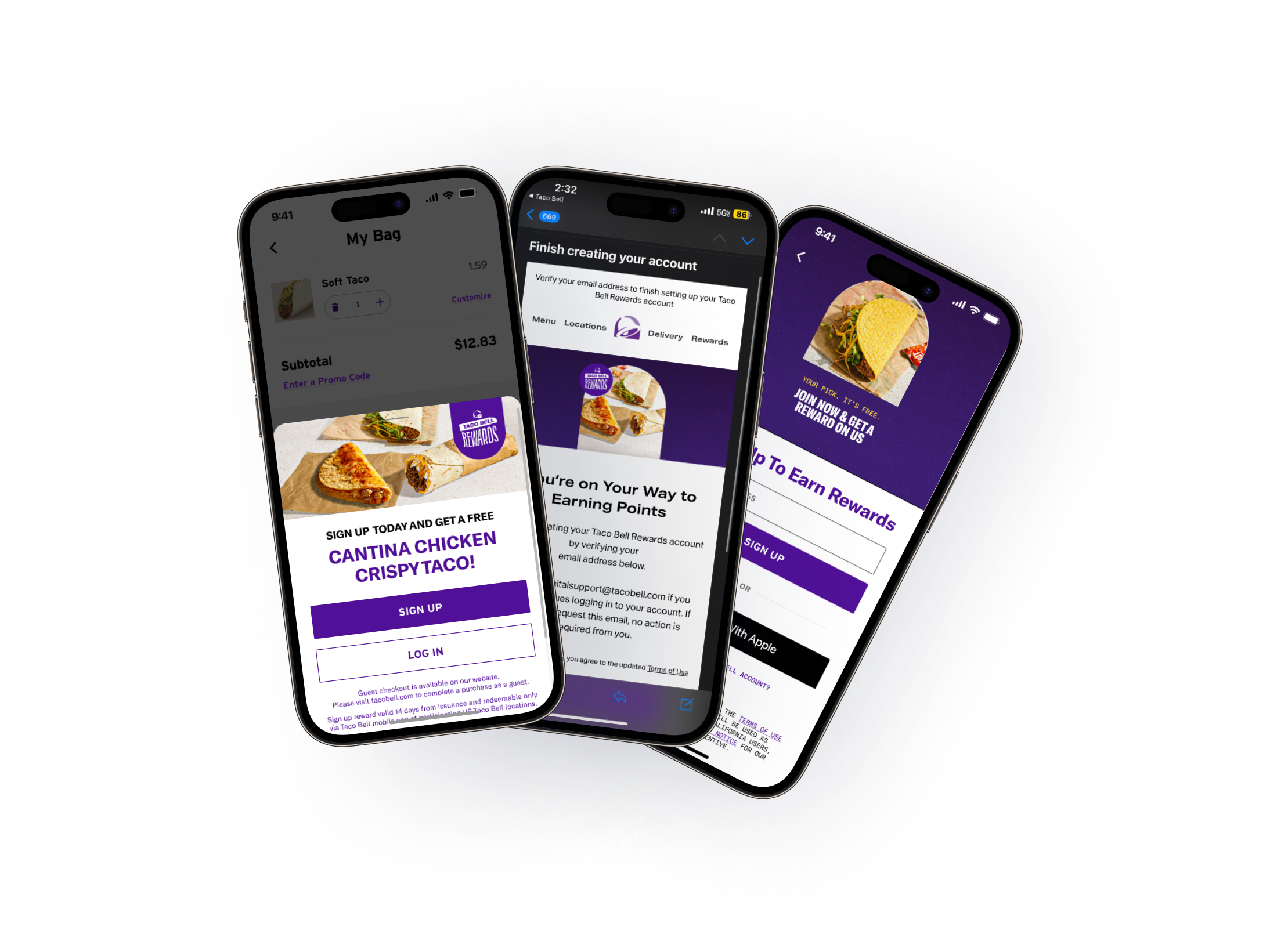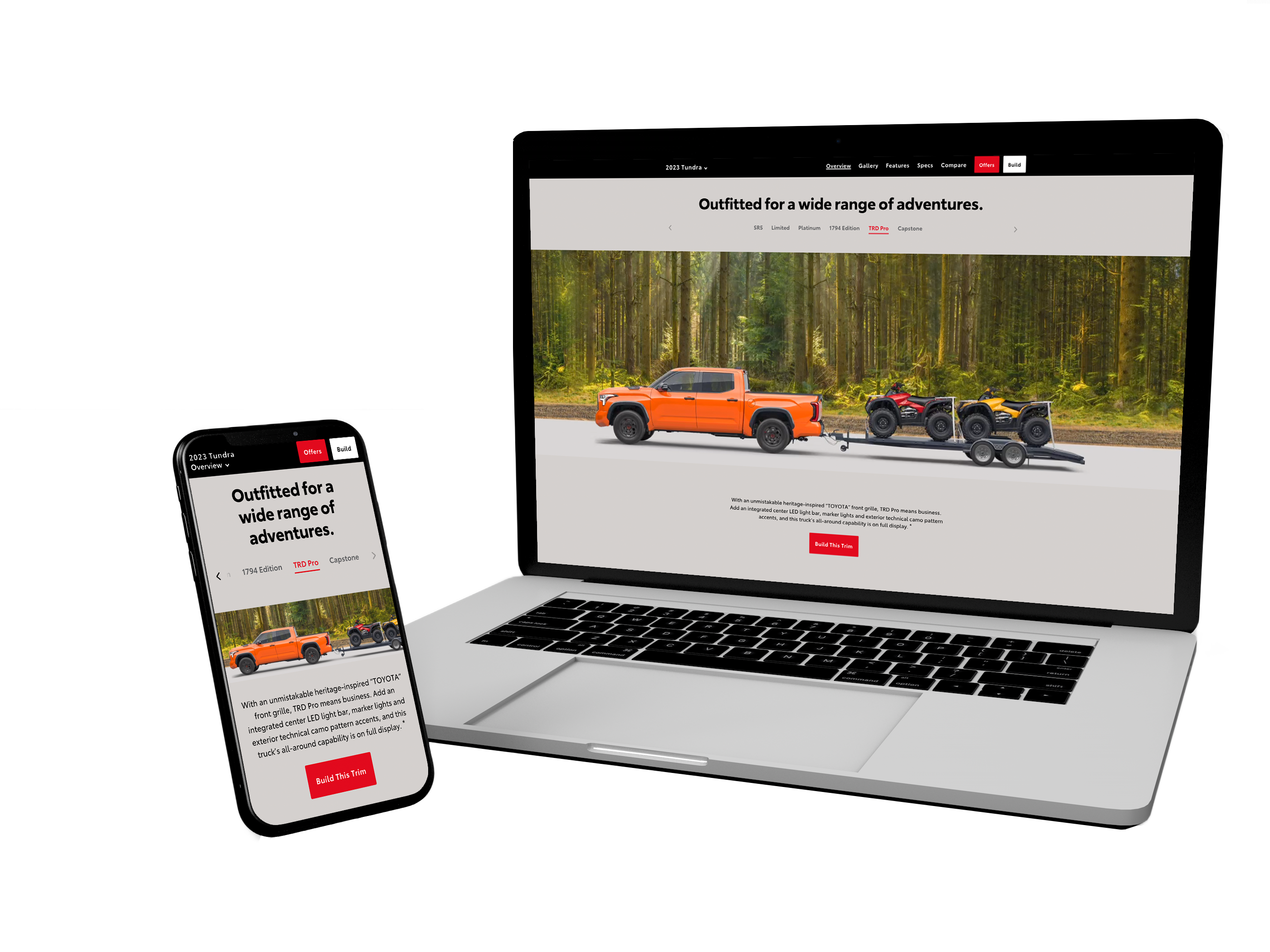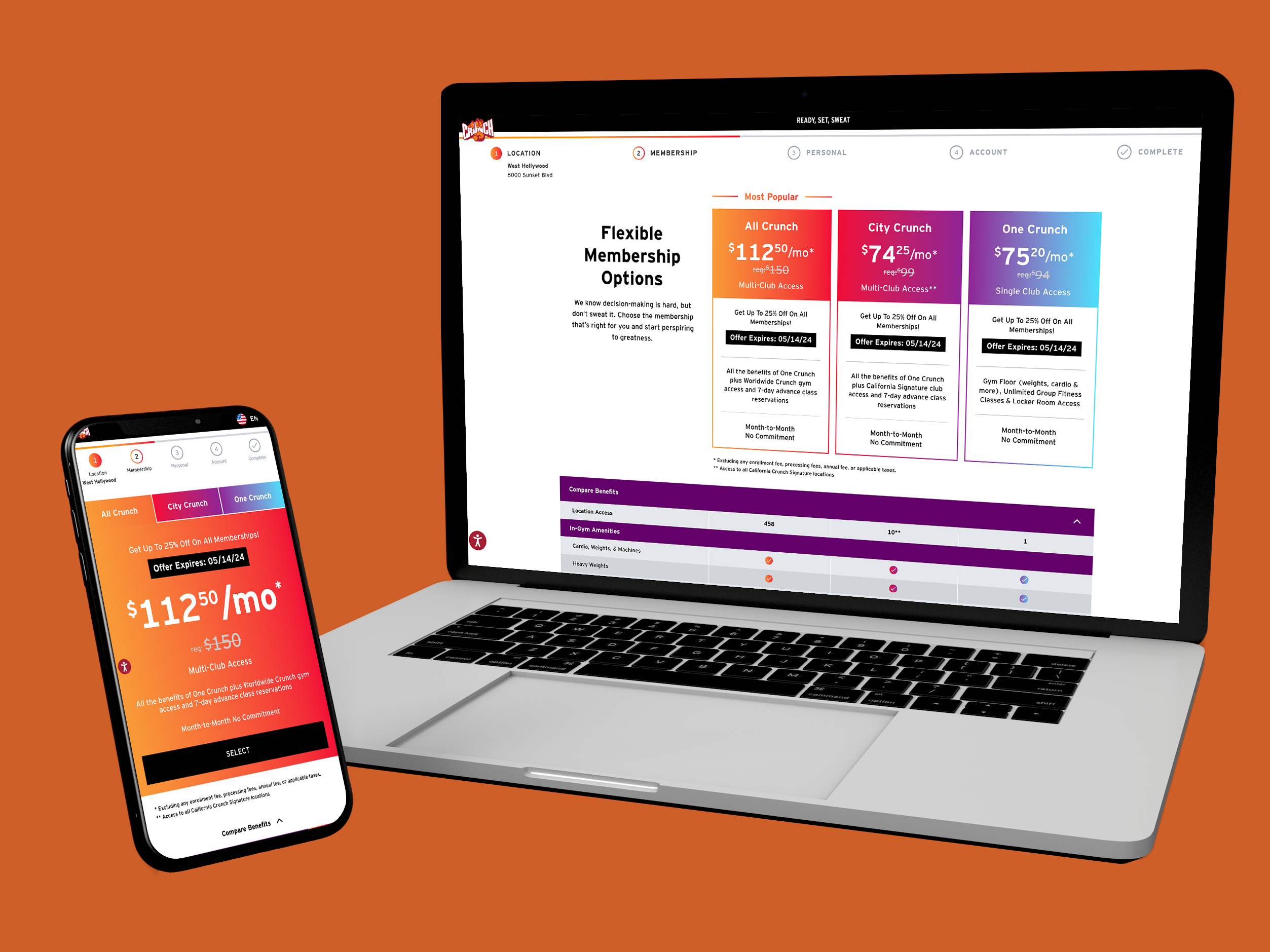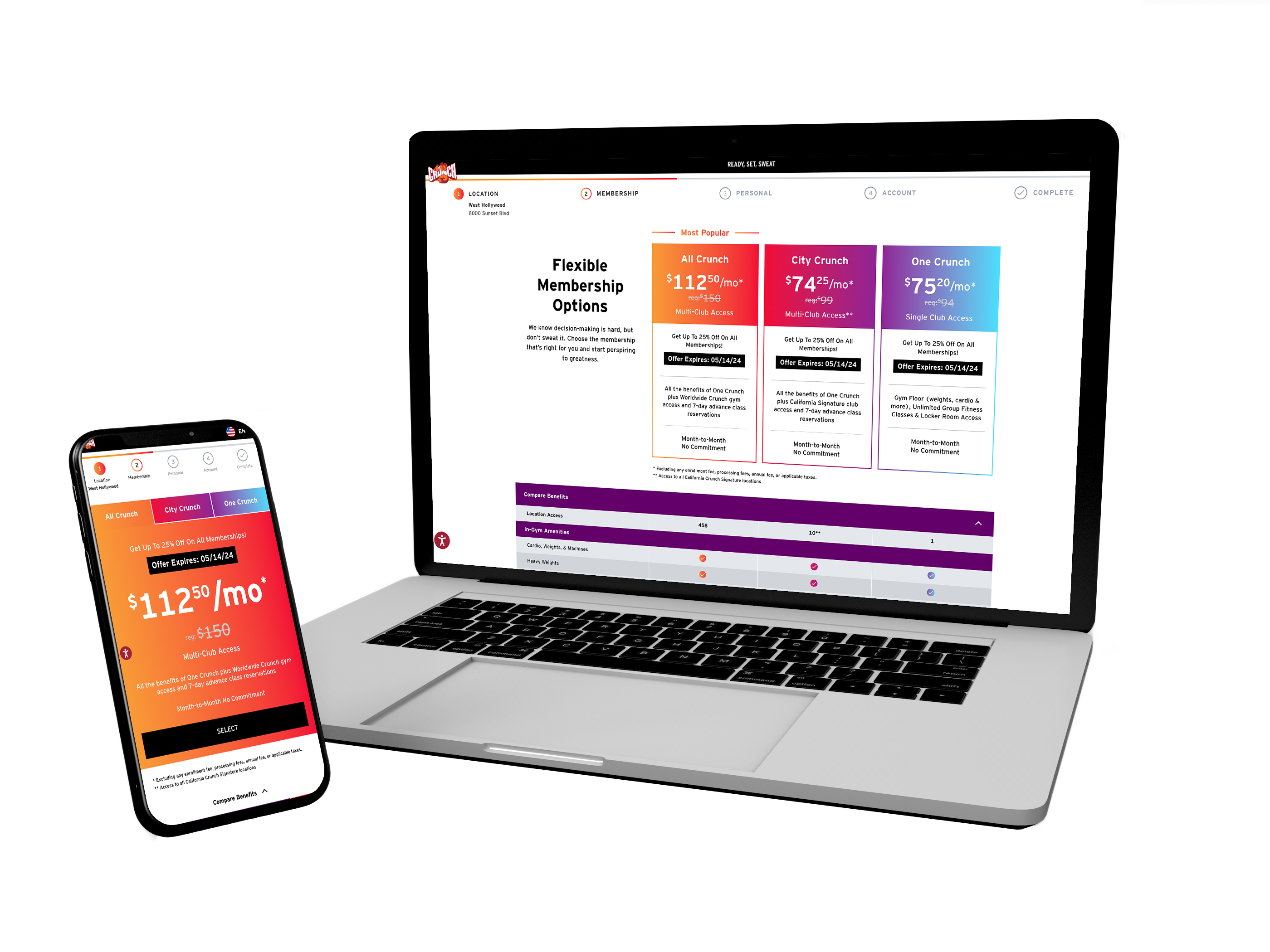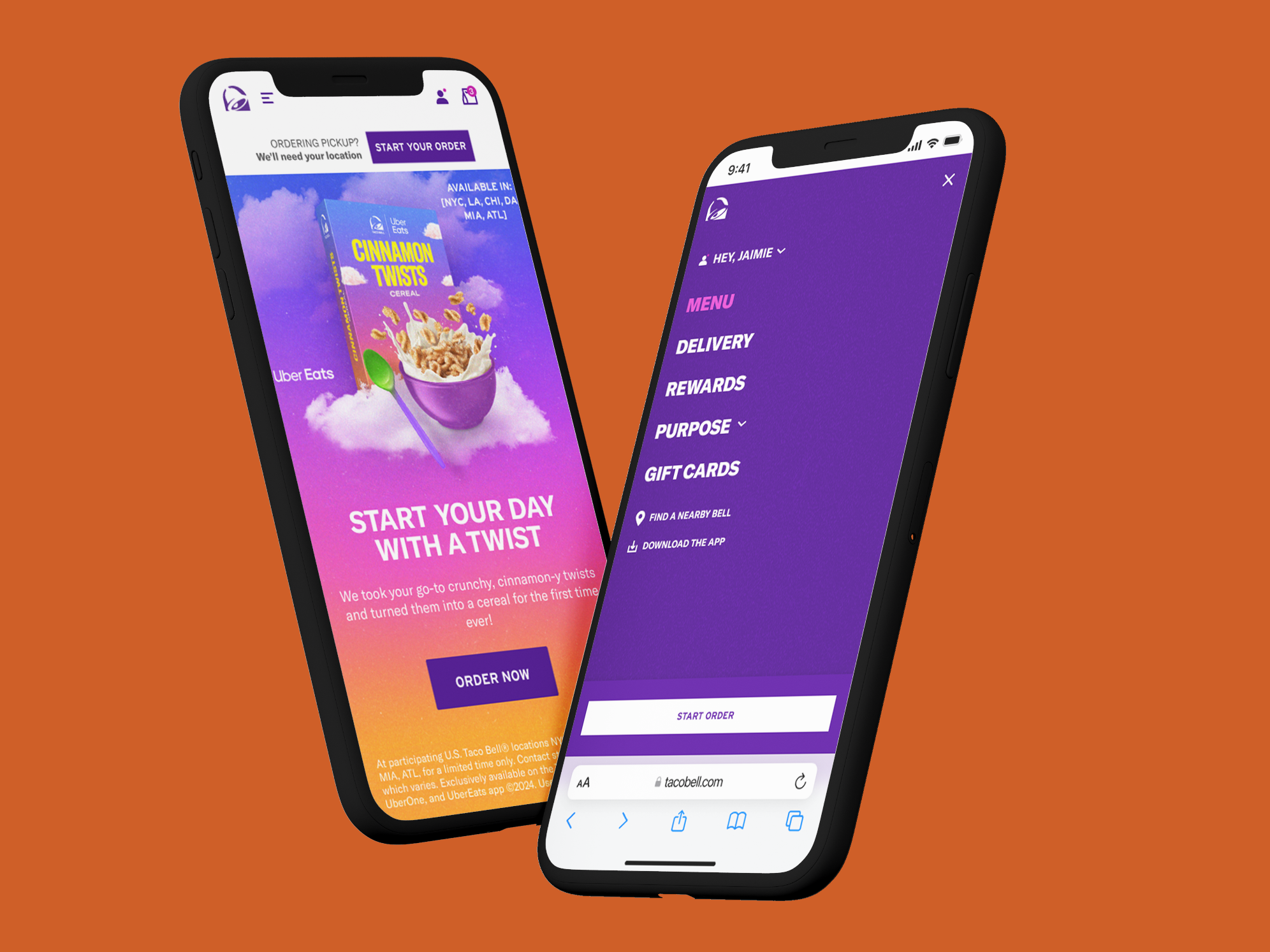Customer Satisfaction Survey
The goal of this project was to design a customer satisfaction survey within Taco Bell’s mobile app to gauge food order satisfaction and store quality, as email participation rates had been low. To increase engagement, the product team decided to distribute the survey via in-app push notifications for both iOS and Android, aiming to gather more actionable feedback on restaurant performance.
I was responsible for designing the survey experience within the app, working within Taco Bell’s design system, see more project details on the design system here. This involved reusing established components and creating a few new ones to align with brand guidelines, ensuring consistency and efficiency. Collaborating closely with Data Analysts, Product Stakeholders, and Engineers, I focused on designing an experience that met business goals, provided valuable insights, and ultimately boosted participation rates.
Data Informed Design
The design process was driven by extensive research, which I translated into actionable insights. Through user interviews, I collected key performance indicators from Taco Bell’s existing survey data, including both email and kiosk surveys. This data included participation rates, customer satisfaction breakdowns, average completion time, dropout rates, and character counts, which provided a clear picture of how the current surveys were performing.
For instance, Taco Bell’s email surveys had a participation rate of just 1.3%, with over 4 million emails sent out, while kiosk surveys had a slightly better reach with 369,000 SMS messages sent. Among those who did participate, the feedback was varied—about 44% of respondents rated their experience as "Highly Satisfied" (5 Bells), while 21% were "Highly Dissatisfied" (1 Bell). The survey completion times averaged around 1:49 for both email and SMS, but dropout rates were concerning, with 40% for email and 80% for SMS.
This data was instrumental in setting the foundation for the design. Armed with these insights, I conducted competitor analysis, aligned the business and customer goals, and began defining user flows, task flows, and edge cases. Using wireframes, I was able to visualize the potential improvements and map out how the redesigned survey could address the issues, such as reducing dropout rates and increasing participation.
These initial stats served as the baseline, and through thoughtful redesign, the goal was to significantly improve these numbers—more on that in the next section.
Designing the Survey Flow and Interaction
The survey is delivered via push notification after a customer’s order, opening as an overlay on the home screen. Users can engage with the survey, edit responses with a "Back" button, and select multiple options, all without leaving their current screen. The overlay design was inspired by a common pattern identified during my competitive analysis, ensuring familiarity and ease of use for customers. This pattern, widely used across the industry, allows users to swipe down to dismiss the survey, with the option to revisit it later in the Inbox section. By adopting this established pattern, the design minimizes friction and enhances usability.
Two distinct user flows were created based on survey ratings. For 5-star reviews, the survey focuses on acknowledging store performance. For 2-star reviews or below, users are redirected to a "Contact Us" form to resolve their issue directly. This strategy aims to enhance customer satisfaction by addressing negative feedback promptly.
For this iteration, I opted to combine all survey content into a single overlay for simplicity and efficiency. Future Phase 2 plans will gather more user feedback and expand survey access to other sections like My Orders and Profile via push notifications.
Results
Following the MVP launch in November 2022, we received positive feedback into the new year of 2023. The improved design and user experience have resulted in notable gains in user engagement and feedback quality.
Increased Responses: There was a 62% increase in monthly responses, rising from 13k to over 34k.
Survey Engagement: The app survey achieved an open rate of approximately 3.4%, in line with engagement levels of other marketing notifications.
Feedback Improvement: The user-friendly feedback method led to a 5% increase in positive feedback and a decrease in dissatisfaction with app orders.
